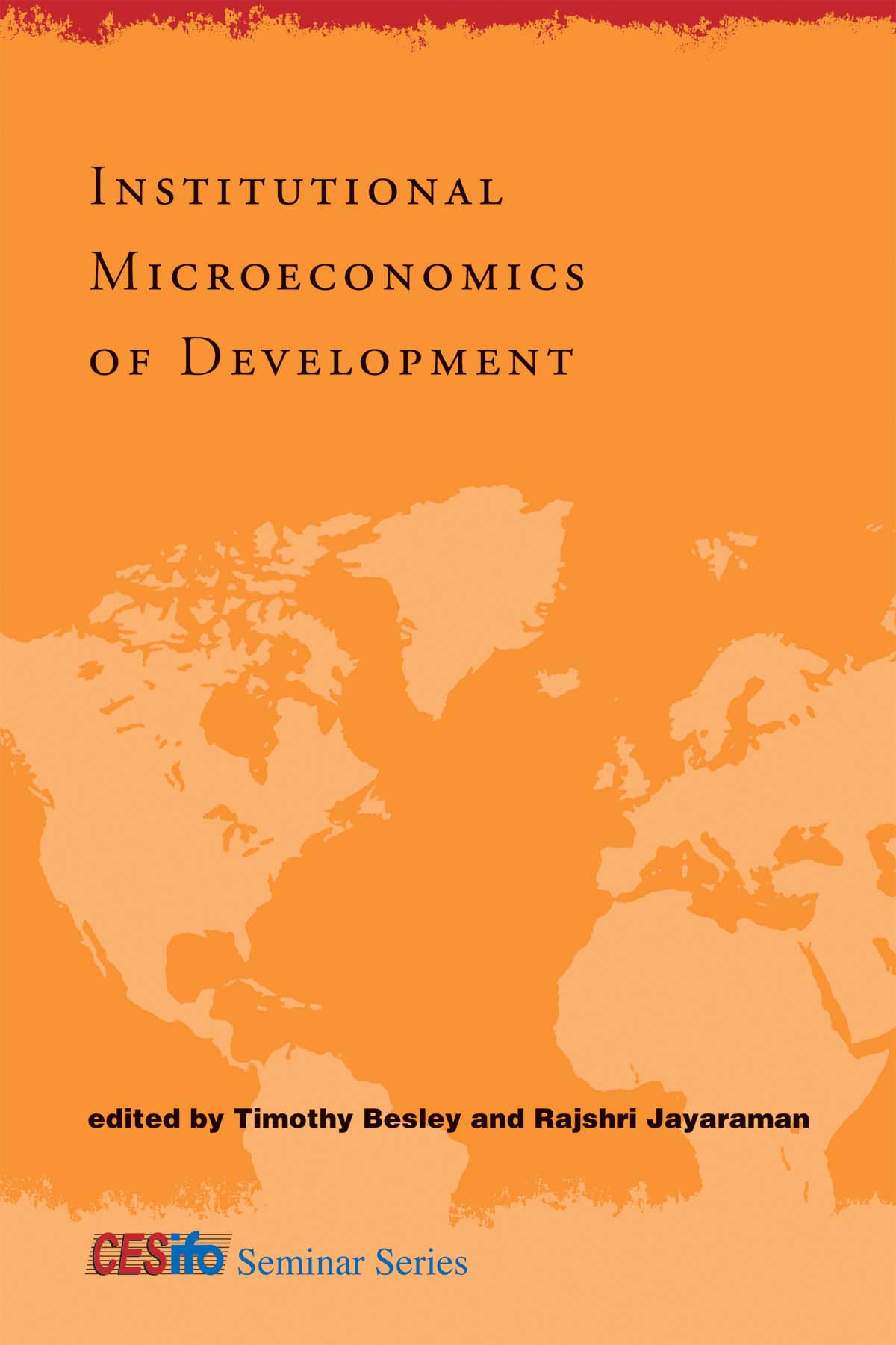Academic articles
Practitioner articles
Working papers
Books
Book chapters
Case studies
Other publications
Subject(s)
Human resources management/organizational behavior
Keyword(s)
adaptive leadership, leadership, adaptive change;change, resistence to change
The four-part case study (text cases A, B, C, and video case D) illustrates key concepts and lessons about leading adaptive change in the context of some extra-musical initiatives of Berlin-based and world-famous conductor and pianist Daniel Barenboim. The case illustrates the challenges associated with resistance to adaptive change, understanding of stakeholders, management of conflicts, and the psychological challenges of leading unpopular, although important, change efforts under the conditions of pressure from various affected parties, who consciously or unconsciously attempt to divert the change-oriented leader from pushing forward. The case serves as fruitful ground for exploration of the theory of adaptive change (as put forward by Heifetz and Linsky), discussion of the dangers of leading, and psychological challenges of leading.
| buy now |
Subject(s)
Human resources management/organizational behavior
Keyword(s)
Leadership, leading experts, leading clever people, leading in flat organizations, followership, non-hierarchical leadership, distributed leadership, shared leadership, team, self-governing teams, leadership in matrix organizations, leadership in network organizations, leadership rotation, leadership as a process, trust-control relationships
The 15-minute video case study presents the Orpheus Chamber Orchestra, a world-renown orchestra that works without a conductor and is thus very different from almost every other orchestra of its size in the world. The musicians are responsible for jointly developing the interpretation of a piece of music. Everybody is asked to contribute to this process. The orchestra members are rotated frequently, so that everybody is a soloist or section leader at times, in the "tutti" at other times. Put differently, every musician is a leader at times, a follower at other times. The case study is showing how the orchestra works in the context of workshops with executives from the corporate world. The case focuses on contributions by the musicians of Orpheus, outlining the vision, the process of work, and the underlying values shared by the orchestra members. The case illustrates principles of shared, distributed leadership and thus sheds light on traditional, hierarchical concepts of leadership and aspects of leadership and teamwork.
| buy now |
Subject(s)
Ethics and social responsibility; Strategy and general management
Keyword(s)
Corporate social responsibility, competitive strategy, challenger brand, affective trust
View all ESMT Working Papers in the ESMT Working Paper Series here. ESMT Working Papers are also available via RePEc, EconStor, and the German National Library (DNB).
Pages
43
ISSN (Print)
1866–3494
Subject(s)
Marketing
Keyword(s)
marketing, supply chain, CSR communication, stakeholder marketing, fair trade
Volume
20
Journal Pages
617–641
ISSN (Online)
2153-3326
ISSN (Print)
1052–150X
Subject(s)
Economics, politics and business environment; Finance, accounting and corporate governance
Journal Pages
1–13
Subject(s)
Human resources management/organizational behavior
Keyword(s)
leader and leadership development, distributed leadership, network building, boundaryless organizations, talent management, corporate universities
A pdf file of this working paper may be available at INSEAD.
Pages
23
Subject(s)
Human resources management/organizational behavior
Keyword(s)
group work, 360-degree assessments, emotional intelligence, reflective space, leadership development, transformation, motivational need systems, clinical paradigm
A pdf file of this working paper may be available at INSEAD.
Pages
30
Subject(s)
Human resources management/organizational behavior
Keyword(s)
values, leadership, executive education
This paper explains how the authors have successfully integrated values, guiding principles, codes of conduct and other intangible elements of organizational culture into executive-education programmes.The paper highlights the problems of integrating values, guiding principles, codes of conduct and other intangible elements of organizational culture in executive-education programs and suggests how a Leading for Values workshop can be designed and conducted to overcome these problems.
With permission of Emerald
Volume
24
Journal Pages
3.15–3.21
Subject(s)
Economics, politics and business environment
Keyword(s)
institutions, economic development, microeconomic perspectives
The narrative of development economics is now infused with discussions of institutions. Economists debate whether institutions-or other factors altogether (geography, culture, or religion)-are central to development. In this volume, leading scholars in development economics view institutions from a microeconomic perspective, offering both theoretical overviews and empirical analyses spanning three continents.
After substantial introductory chapters by Pranab Bardhan and Marcel Fafchamps, two scholars who have published important work on this topic, each of the remaining chapters examines a particular set of institutions in a unique setting. These chapters treat the effects of Angola's violent conflict on that country's development; institutional accountability in Uganda; the effect of Indonesia's ethnic diversity on the distribution of public goods; the impact of trade liberalization on India's investment climate; extended family networks in Mexico; and a microeconomic perspective on land rights in Ethiopia.
The chapters demonstrate the remarkable heterogeneity of institutions-policy change is mediated through local market institutions, government institutions, and families-as well as the empirical and methodological ingenuity of current research into this crucial topic.
Pages
250
ISBN
978–0–262–01406–9
Subject(s)
Technology, R&D management
Keyword(s)
outlaw community innovation, video game consoles, homebrew software
Secondary Title
Perspectives on user innovation, Series on Technology Management
Pages
191–210
ISBN
978–9814291309


